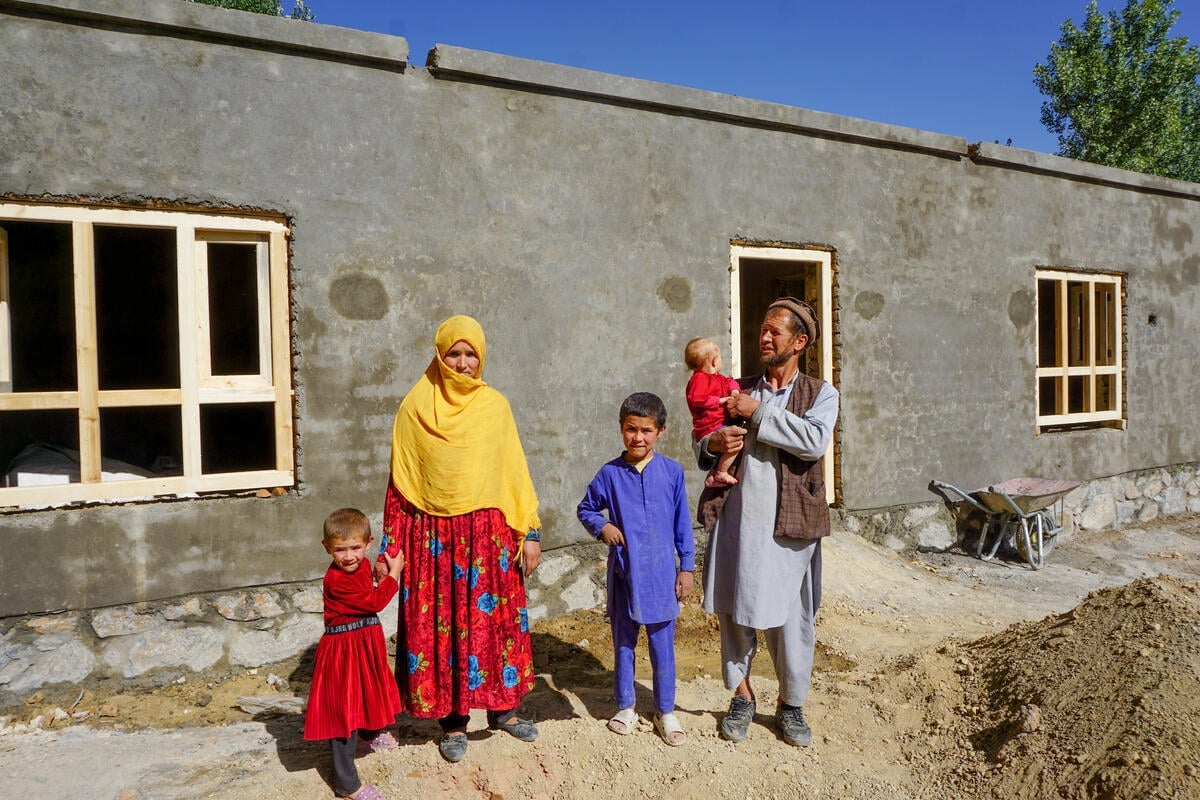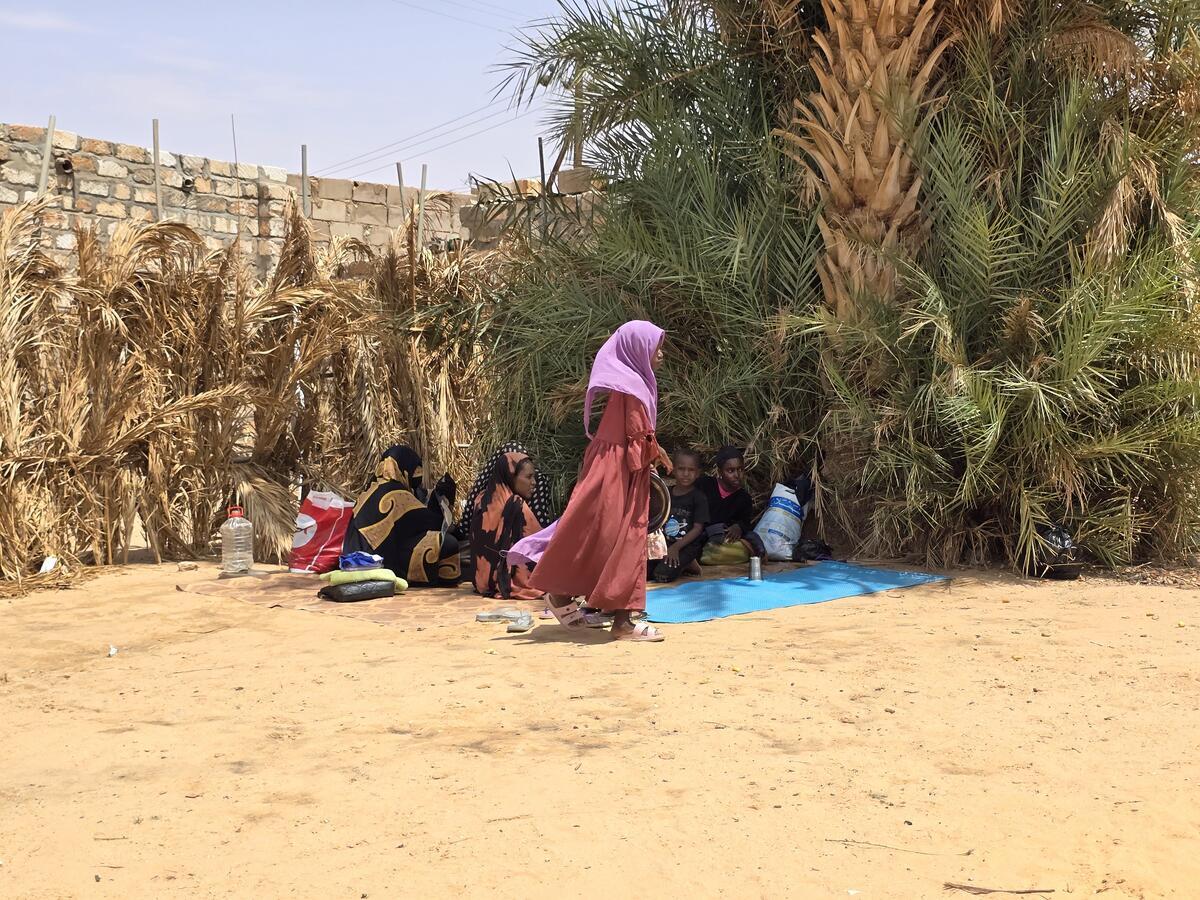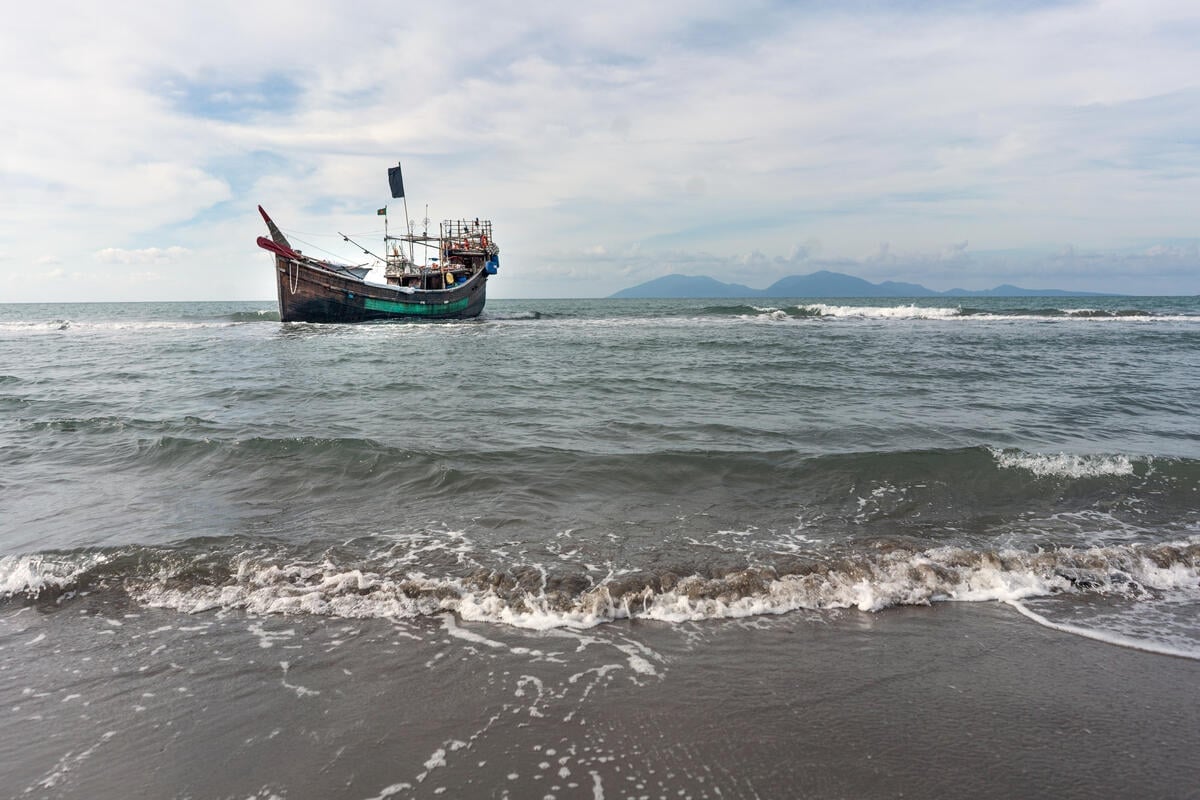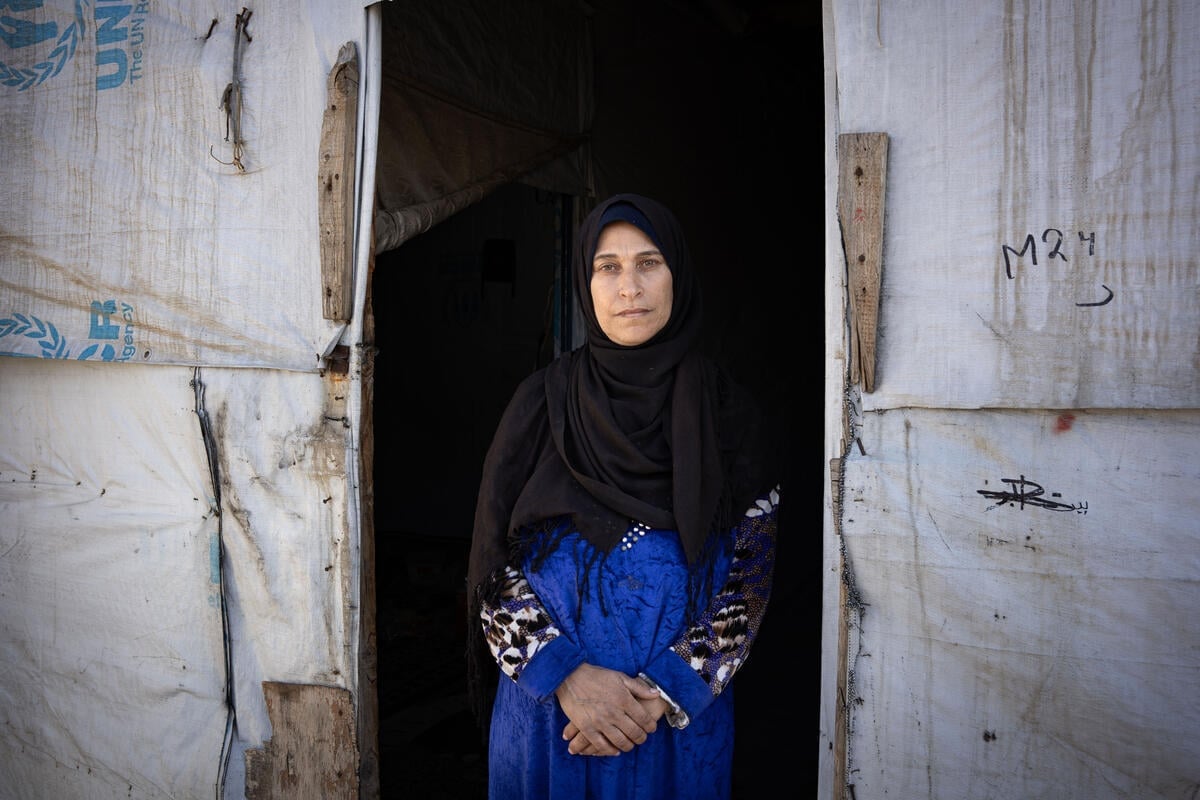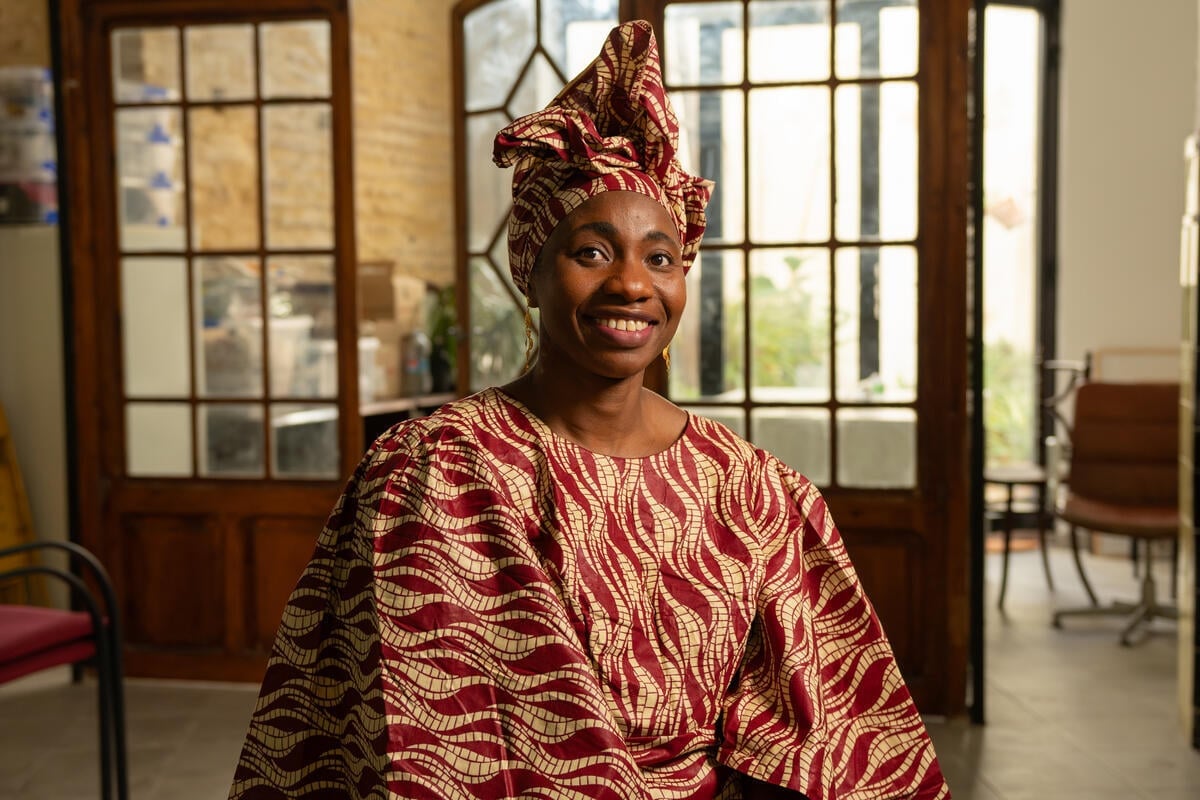‘Leave No One Behind’, the UNHCR India way
‘Leave No One Behind’, the UNHCR India way
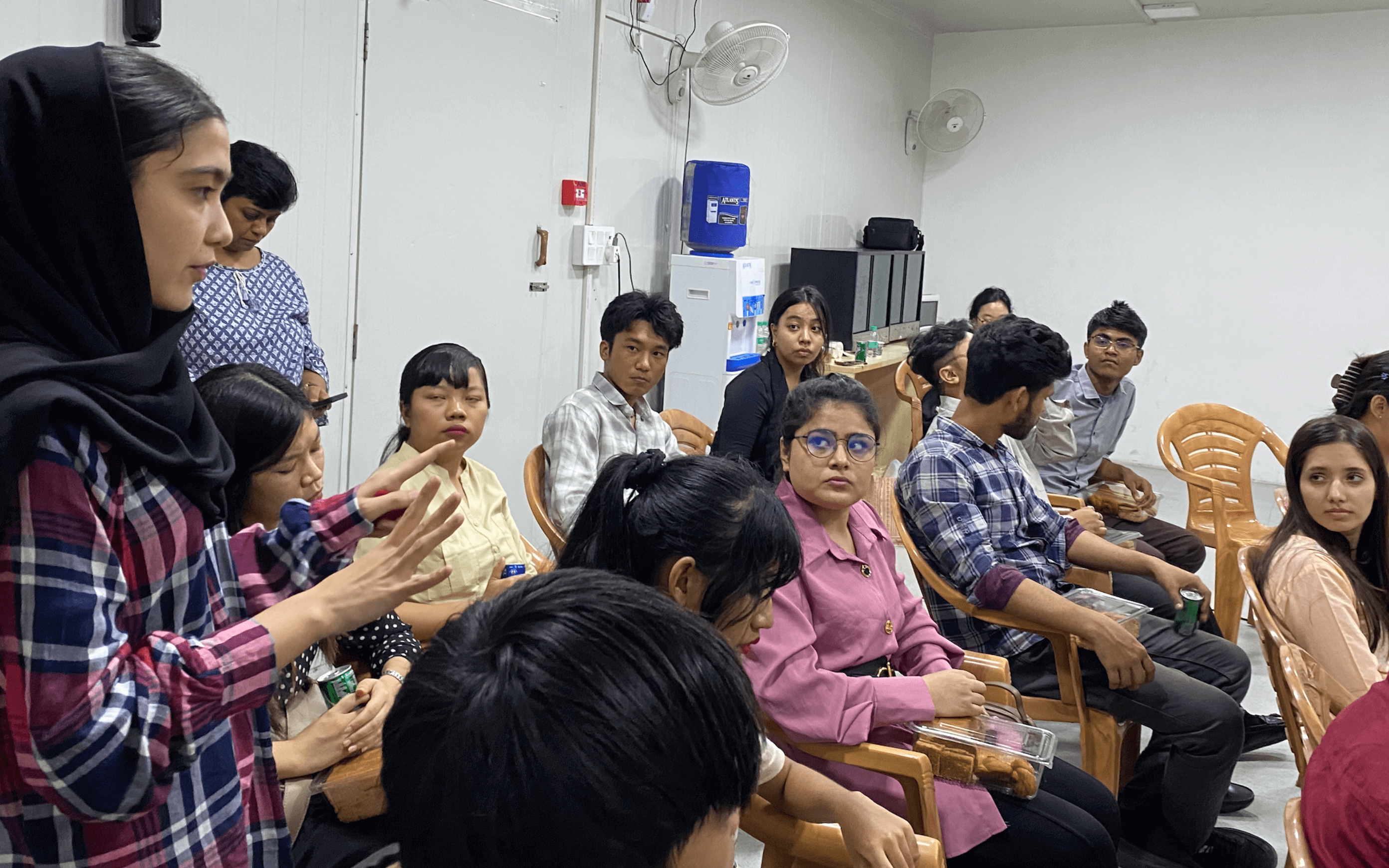
“Imagine being forced to leave everything you love behind”
“Imagine leaving everything you know, your home, your family, and escaping to a new country,” 21-year-old Maya told Shombi Sharp, United Nations Resident Coordinator in India, as he interacted with young refugees and asylum-seekers during a tour of the UNHCR registration facility in New Delhi.
Conflict or persecution forces millions to flee their homes every year. For those seeking asylum, registration and documentation by UNHCR is often their only resort. A Sri Lankan woman who came to India seeking refuge voted in the elections this year after being naturalized, Areti Sianni, Chief of Mission for UNHCR India and the Maldives, said as she highlighted India’s long-standing tradition of offering humanitarian access to persons forced to flee. As of 2023, 46,569 individuals were registered with UNHCR in India.
UNHCR staff register the asylum-seekers approaching the agency and hold Refugee Status Determination interviews to assess the applicant’s situation before issuing them a document confirming their status as an asylum-seeker. In March, UNHCR in India rolled out a new asylum-seeker and refugee card powered by a biometric database that can be scanned and authenticated using the Verify Plus app.

“We are grateful to the Indian Government for letting us come here,” said Maya, as she presented a short overview of the challenges faced by young refugees and asylum-seekers. Using a PowerPoint presentation, the young refugees listed their concerns – ranging from the trauma of having fled unsafe situations in their home country and social exclusion to the anxieties of navigating daily life and cultural differences in the host country as a refugee.
“As refugees, we feel like a burden on the host country,” said Bee, a refugee from Myanmar. “Most of us are depressed,” said Phil, a refugee from Afghanistan, speaking on behalf of the group. “We are already traumatized. We don’t know how long we can stay here for.”
One participant expressed uncertainties about the future, citing limited opportunities for specialized education and formal employment. Another spoke about drawing strength from their traumatic past and forging a new path by refusing to be determined by their circumstances.
The young people gathered also highlighted challenges faced by refugees with disabilities. UNHCR India is working to consolidate data on asylum-seekers with disabilities to find solutions, Ms. Sianni said. “Under the commitment to leave no one behind, we need to continue to work to leave no refugee behind.”

Thanking the asylum-seekers for being forthcoming about their struggles, dreams and hopes, Mr. Sharp vowed to amplify their voices and concerns. “Young people cannot have a full voice unless refugee voices are included. Unlocking the creative and economic potential of young refugees creates prosperity and development for all, especially host communities,” he said.
*Names changed to protect identities


